CES 2019 Roundup
Article By : Junko Yoshida, David Benjamin
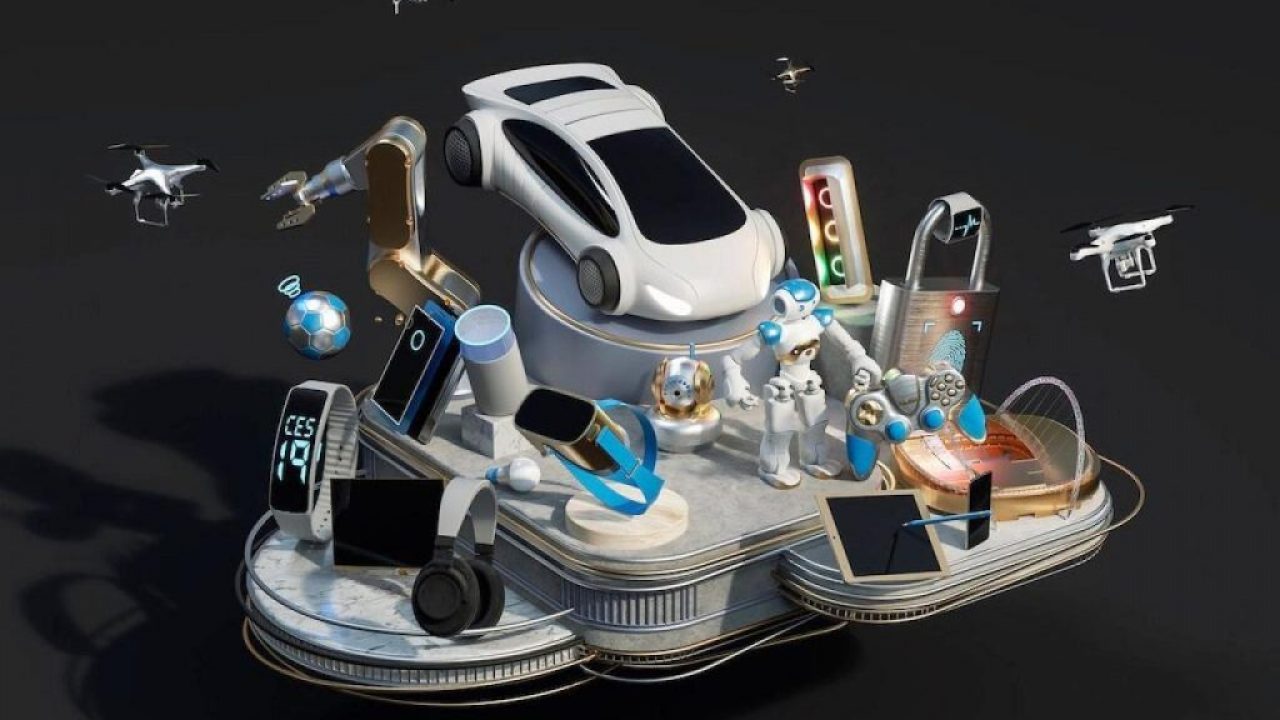
Most evident at CES this year is an unmistakable trend toward voice and AI-based digital assistants. Analysts believe that “supporting digital assistants has become table stakes” for OEMs...
LAS VEGAS — “Connectivity” has defined a host of consumer electronics devices trotted out at the Consumer Electronics Show (CES) over the last 10 years. Whether consumer devices are connected to social media or Netflix, Internet connectivity has played a critical role in developing features, applications and services. In fact, connectivity gave birth to a new normal in the consumer electronics industry. Today, apps and services determine the success of consumer products.
The CE industry, however, will be moving from the connectivity age into “the data age” in the next decade, predicted Steve Koening, vice president of market research at the Consumer Technology Association (CTA).

Discussing CES 2019 Trends to Watch, Koening suggested that it will be data and its analytics that define the quality of consumer products. More and more, users make decisions backed up by data. Data is emerging as the “common denominator” among products, he said.
Most evident at CES this year is an unmistakable trend toward voice and AI-based digital assistants. Analysts at CTA believe that “supporting digital assistants has become table stakes” for OEMs.
As devices become data-centric, the "CES Unveiled" event — usually a chaotic display of disparate consumer devices designed by startups — included some technology suppliers openly posing privacy issues (“Do you really want Big Tech to know everything about you?”). Others were adamant in stressing that security must be integral to every IoT device (“It’s hard to retrofit technology”).
EE Times shares a sampling of the good, the bad and the unexpected at "CES Unveiled" in following pages.
Japan’s startup to shoot for moon
Japan’s startup ispace dreams big. It plans to go to the moon.
The ispace team, with roots in the Google Lunar X Prize competition, has selected SpaceX for a pair of missions in 2020 and 2021 to orbit and then land on the moon. Japan’s ispace will fly these missions as secondary payloads on SpaceX Falcon 9 launches.

(Source: ispace)
The goal of the first privately-led Japanese test mission is to relay lunar data to the Earth, as a first stage for Earth–Moon transport service technology.
The second mission will put Japan's first lander on the moon, deploying a rover on the lunar surface. This will be a test mission to transport payloads to the Moon and send lunar surface data back to Earth.
For decades, governments have taken on the task and risks of space development. Startups, such as ispace, are “potentially better positioned to achieve results with more speed,” argued Shuhei Akimoto, an ispace representative. He said ispace is developing small, lightweight landers and rovers to establish a low-cost platform for scheduled transportation by applying “Japan’s precision manufacturing processes and repurposing commercial-off-the-shelf products to reduce weight and scale.”
Asked about the ispace business model, he said the startup plans to make money by doing the following:
- High frequency lunar transport ( ispace will carry “your payloads” aboard the landers and rovers enabled by micro-robotics).
- Sale and survey of moon surface data (it will collect wide-ranging data including imaging, temperature, radiation, sun angle).
- Sponsorship (allowing sponsors to put their names on rovers, for example).
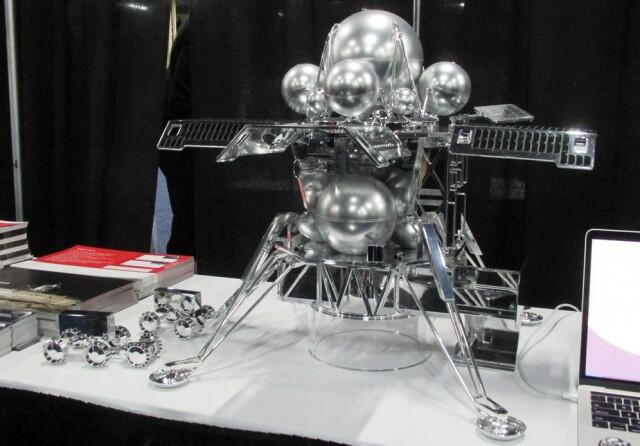
The lander: Onboard is a fixed payload that does not require movement. These include cameras, communications devices, cell cultivation devices.
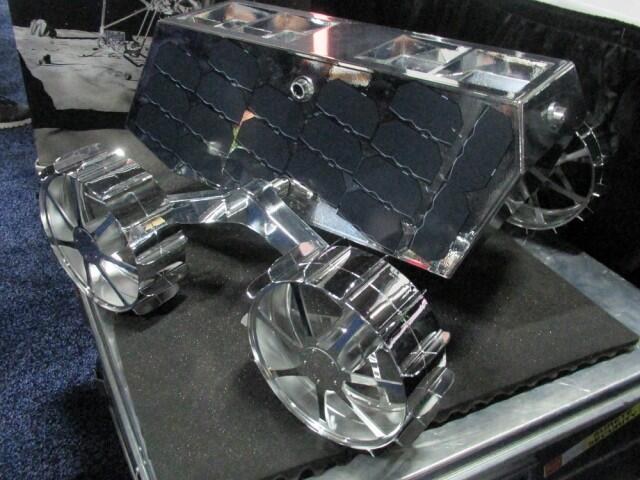
The rover: Onboard on the rover are payloads that require movement on the moon. These include video and driving data acquisition as well as resource harvesting systems.
Security for any IoT device
BlackBerry’s security prowess is well known. The company is now bringing that “secure technology” — once available in its BB10, then on its Android phones — to IoT devices.
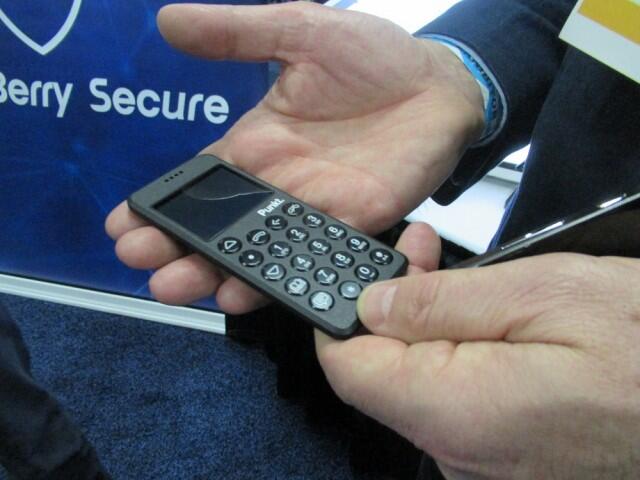
BlackBerry's security technologies are integrated into this ultra-secure mobile phone by Punkt.
“Every IoT device needs security,” BlackBerry CTO Charles Eagan told us. “And it’s hard to retrofit security.” BlackBerry used CES Unveiled to launch BlackBerry Secure technology and its licensing strategy.
The company is now offering a suite of security technologies to OEMs who design and manufacture IoT devices. They include, according to Egan, “Secure manufacturing (injecting secure identity key into the hardware during production), secure boot, secure platform boot (locking down software being executed with secure boot and Arm Trustzone), secure operation framework, paired security keys, continued re-authentication token and integrity detection.”
The company provides security throughout the product’s life cycle. It also offers integrity detection service to components (kernel, Pathtrust, SELinux, etc.) across the software stack.
Has anybody licensed any of these technologies? Eagan said, “This is our coming out party. We’ve just announced our licensing strategy.”
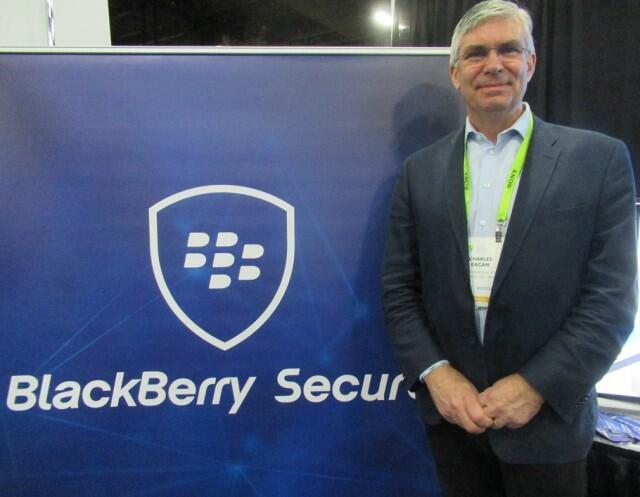
BackBerry's CTO Charles Eagen at CES Unveiled
AI for everyone with a strong focus on privacy
Voice AI shouldn’t be limited to smart speakers. If you are designing a new product today, you are likely to consider adding a voice assistant. Voice is the most intuitive man-machine interface. But how to do that without committing yourself to be a part of big ecosystems — strongholds of Amazon, Google or Apple?

(Source: Mycroft.ai)
Mycroft offers system designers “the world’s first open-source voice assistant,” with a range of voice AI including software stack, wake-word spotting, speech-to-text, natural language understanding and speech synthesis.
As voice AI becomes ubiquitous, Mycroft CEO Joshua Montgomery says, “I encourage you to think carefully about the data they are generating and how it is used. Do you really want Big Tech to know everything about you? Are you comfortable letting them listen in your kitchen? Your office? Your bedroom?Do they have your best interest at heart?”
Instead of capturing data from all of its users indiscriminately, Mycroft says it only uses data from users who have explicitly opted in. Mycroft is also building tools that use voluntary contributions instead of collected data.
Is this privacy pitch Mycroft’s way of fending off growing backlash against Big Tech like Facebook and Google? No, said Montgomery. “We founded Mycroft in 2015 with a very strong focus on privacy.”
Further, he added, it is even possible to design a voice assistant-enabled device, which does its own AI inference locally (done by Xilinx' FPGA) and doesn’t have to send data to big clouds owned by Amazon, for example. “Data never has to leave home.”
AI restores distorted image
Cambridge Consultants demonstrated a web cam installed in a dummy head that sees distorted images via block glass. Using AI, it restores images before distortion in real time.
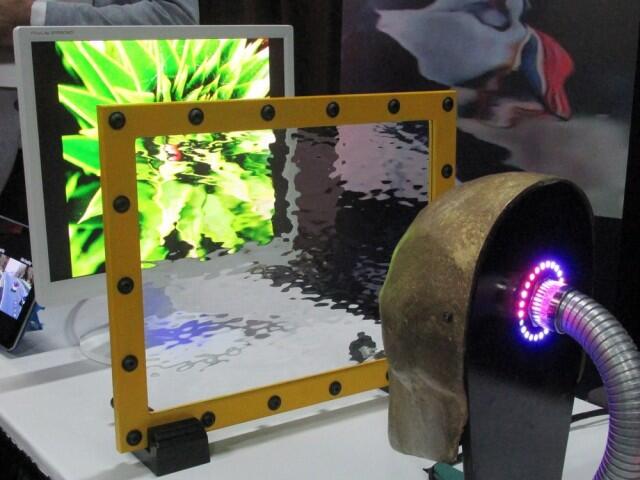
It's a cool demo, but this isn’t a product that Cambridge Consultants is actually selling. "We are demonstrating what we are capable of,” said Thomas Carmody, head of transport and infrastructure, wireless and digital services at Cambridge Consultants.
Founded in 1960, the company's 800 employees are engaged in 400 projects a year, said Carmody.
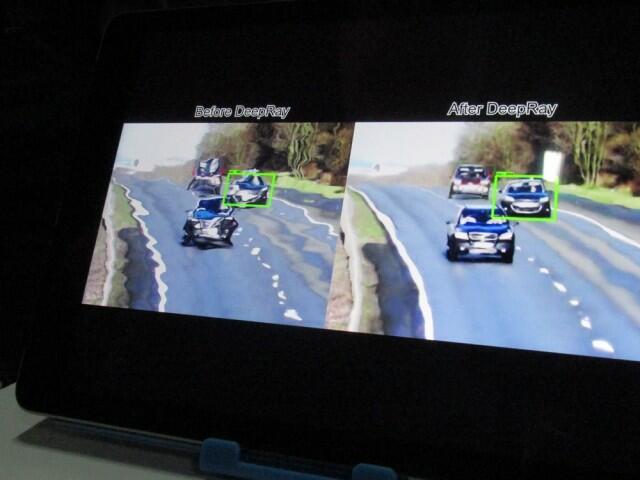
Similar AI technologies shown in the demo are currently being applied to develop radars, optics, ultrasounds and others, he noted. The idea is to test and examine how those sensor technologies can handle distorted images in treacherous weather conditions. “Currently, we have clients in Japan and Korea working with us to develop things like autonomous vehicles and robots for agriculture applications,” said Carmody.
*Got wireless 4K/60fps? *
As 8K turns into a hot item at CES, 4K almost feels like an old news. In truth, nobody's doing “real-time” streaming of 4K video. “There are surveillance cameras handling 4K but they pay no attention to latency," said Derick Hui, executive director and founder of Hong Kong-based ViShare Technology Ltd.
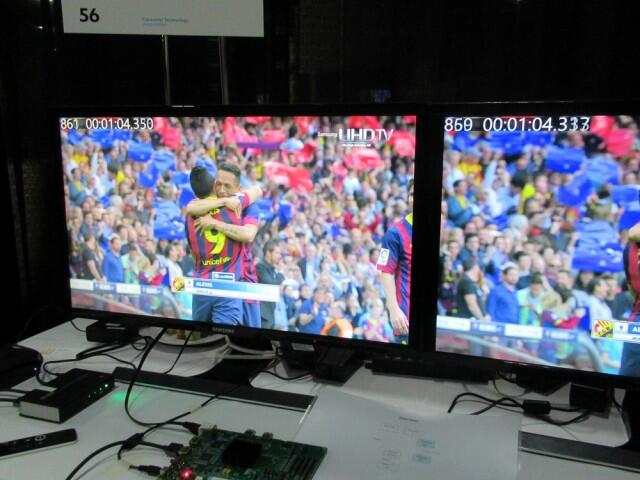
Latency is kept minimum.
To use 4K video for streaming video games or a wireless projector, you need a compression technology that achieves almost real-time capability with “visually lossless” video images, he explained.
ViShare Technology has designed an encoding and decoding scheme similar to H.264. “But we optimized it and applied our own low-latency technology,” noted Hui.
In the demonstration, ViShare’s codec compresses 12Gbit 4K video down to 100Mbit video. The latency involved in the compression is 8 milliseconds, said Hui.
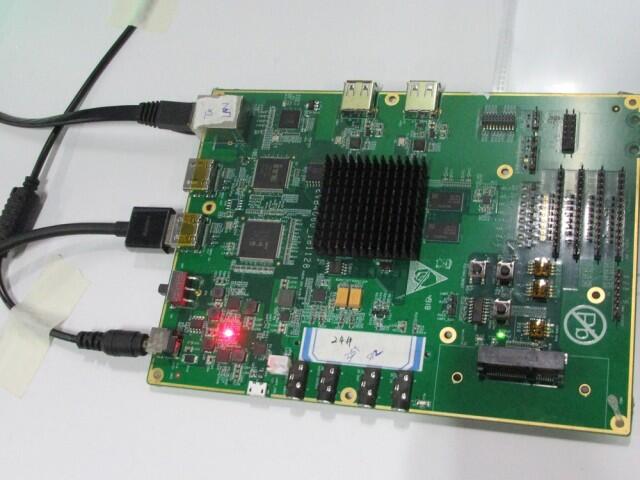
Its demonstration board uses FPGA for both encode and decode. The company is targeting a 55nm chip by March. Hui said, “I know, it’s big. I wish we could use 28nm or 14nm. But that would be too expensive for us.”
The chip will go into a dongle to enable wireless 4K streaming.
‘Smart’ mirror for skincare, makeup, health consultant
Women are bombarded by marketing pitches for new skincare or makeup products. They promise to make fine wrinkles disappear in two weeks, remove dark spots in a month, or improve skin complexion in 60 days.
It’s hard to resist the temptation to try such products. But most women are troubled by the uncertainty of whether any of this stuff is actually working.
A 13-inch mirror with 10.1” TFT LCD touch panel comes with an 8-megapixel CMOS camera with an Arm-based eight-core CPU. HiMirror analyzes skin condition through a photo. Photos are stored with measurement data, allowing HiMirror to track progress over time. It also offers tips — such as target areas that need the most attention.
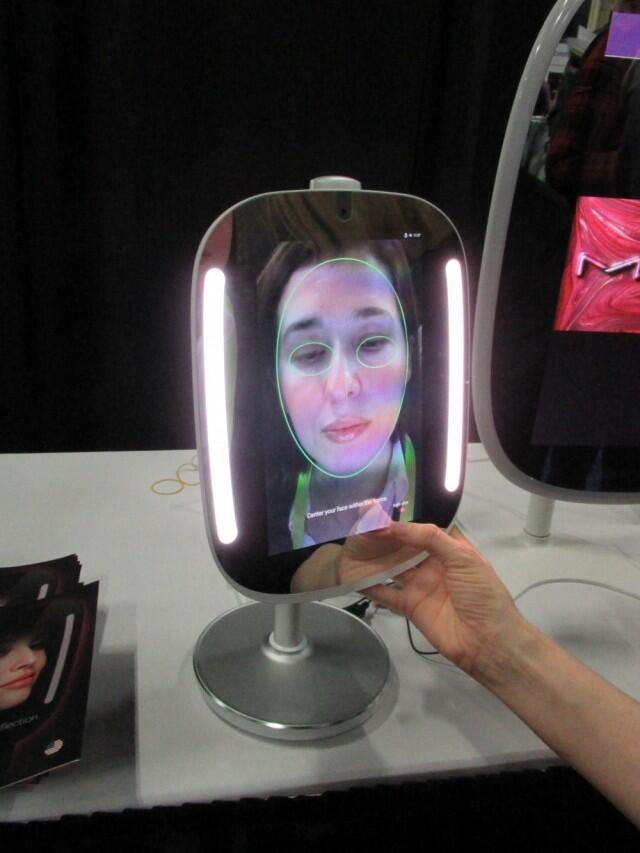
Aromatherapy, at 80 mph
Agan Aroma has expanded its Moodo line of aromatherapy products — offering 30 different fragrances in diffusers that dispense soothing odors — to a mobile version that fits into an automobile cupholder. It connects to an in-car USB port or a cigarette lighter adapted to USB. The Israeli company's handy diffusers can be controlled by hand, increasing the strength of the fragrance according to the user's needs, passions, or — presumably — speed. The diffuser costs $139 and a packet of four fragrances, at $29.90, lasts 60 hours per capsule.
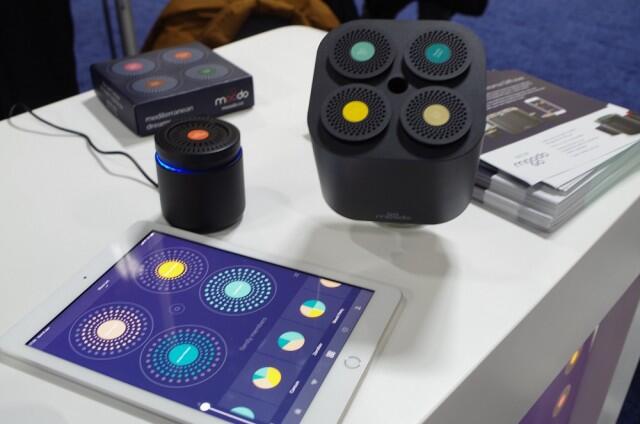
The greatest thing since…
Because of the crowd constantly waiting for the Breadbot machine — developed by the Wilkinson Baking Company of Walla Walla, Wash. — to endlessly churn out perfectly identical loaves of perfect bread, we didn't get to interview its creators. Suffice to say that, all by itself, it mixes the dough, forms the loaves (in 10 varieties), proofs, bakes and cools ten loaves an hour and informs its largely unnecessary human operator that the bread is ready to slice.
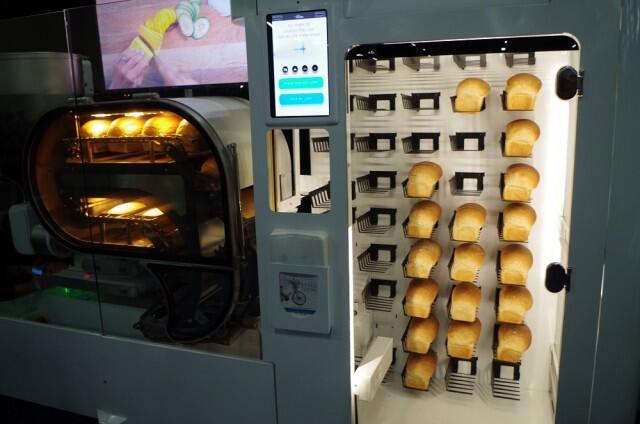
Lock 'er up (smartly)
Among the WiFi-connected "smartlock" systems unveiled at CES was a deadbolt and a porchlight with camera (not pictured). But our favorite Hampton gadget was the already popular BenjiLock, a padlock activated and opened only by its owner's fingerprint.
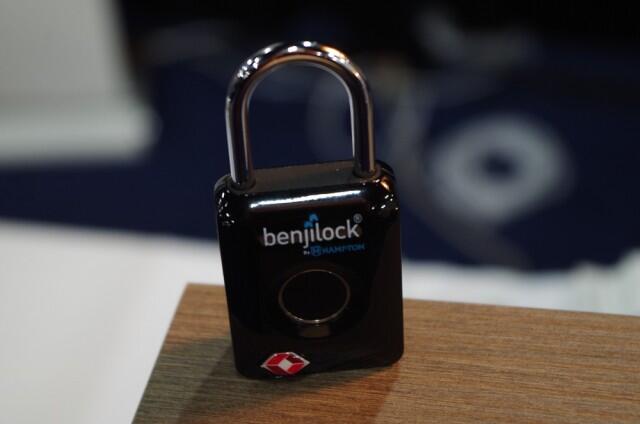
Bot to kid: 'Sit up straight, junior!'
The GazeLab Inc. of Seoul has developed a cute desktop robot named Giiro that monitors the posture of the human at the desk and offers "coaching" on how to sit. It's called a "simulation and posture analysis robot with intelligent speakers." GazeLab also has a Giiro-MAT. The user stands on the "special posture measurement mat with chiropractic design," containing 600 sensors and 1.024 levels of pressure and awaits a decision.
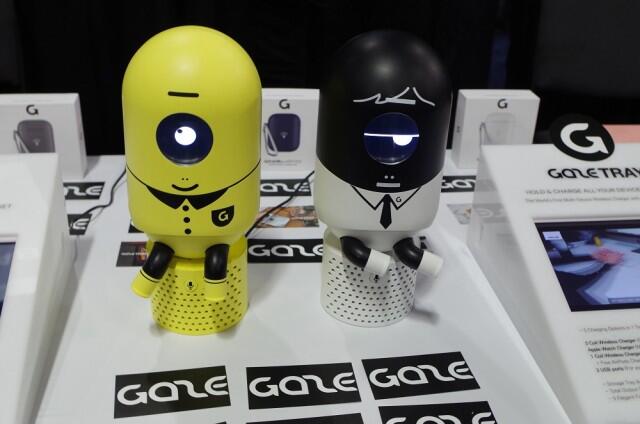
Green is the new black
Hubert Michaudet and Elodie Grimoin founded Urban Canopee in the Navier Laboratory of the Ecole des Ponts in Paris as a way of adding greenery, freshening the air and reducing carbon dioxide in otherwise treeless urban settings. The ultra-light composite metal frame set into a big pot grows climbing plants that form a shady oasis in the concrete jungle. The plants are fed with a built-in water reserve and irrigation system. The Urban Canopee is "plug-and-play," according to its inventors and can be regulated remotely. And it looks nice.
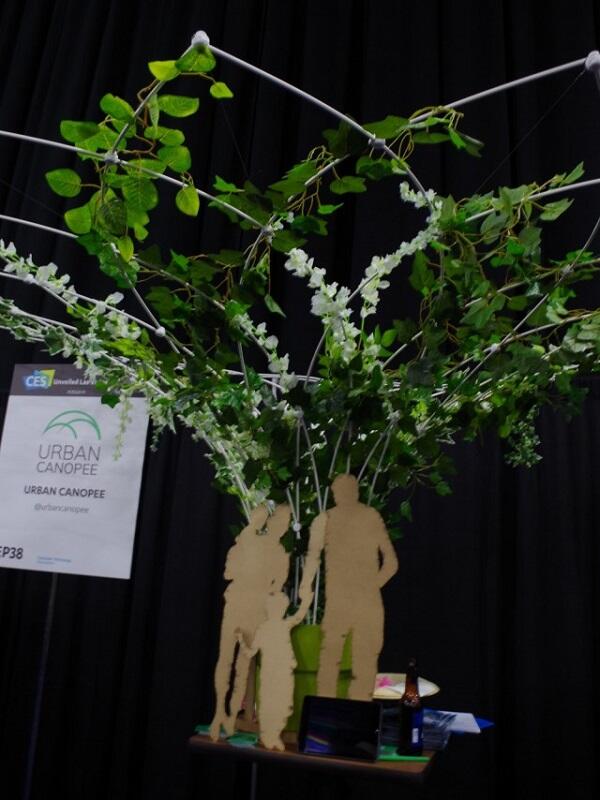
Keep your bathroom on speed-dial
Another French company, HiTechOne, brought to CES the first personally operated IoT platform, called Modulum. Each unit is the size and shape of a beloved French pastry, the "macaron." The mini-IoT platform can be programmed to monitor, for example, every room in a house, turning it into a "smarthome" customized to the needs of the household and operated remotely through WiFi or other forms of wireless access.
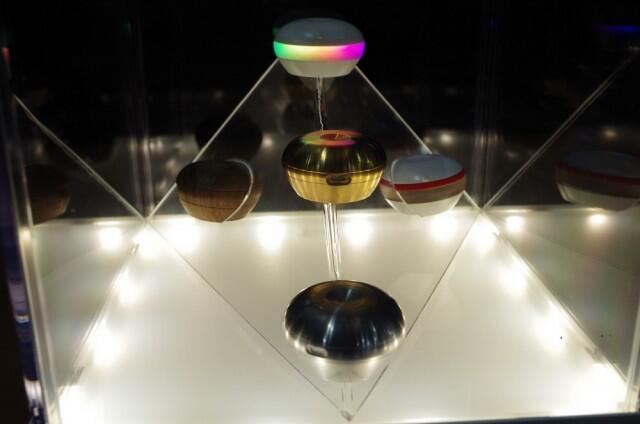
Can it really print a gun?
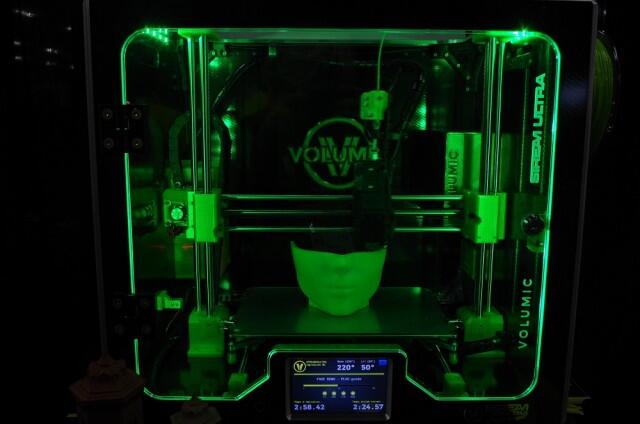
Bathed in eerie green light, Volumic's 3-D printer methodically transforms an image into a three-dimensional object. Volumic, based in Nice, France, has tripled the speed of previous versions of this technology and increased to 50 the variety of materials in which it can work. Among its application are prototyping, tools, spare parts and miniatures of larger objects. And yes, said Volumic's co-founder, Gerard Luppino, it can print a gun. But he prefers that it does not.
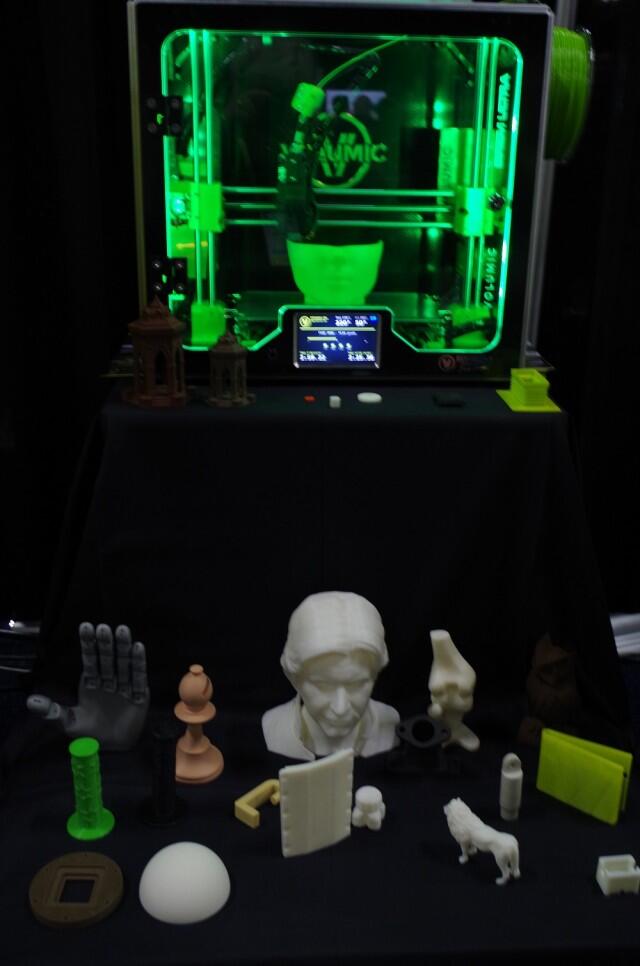
Dead weight with a live brain
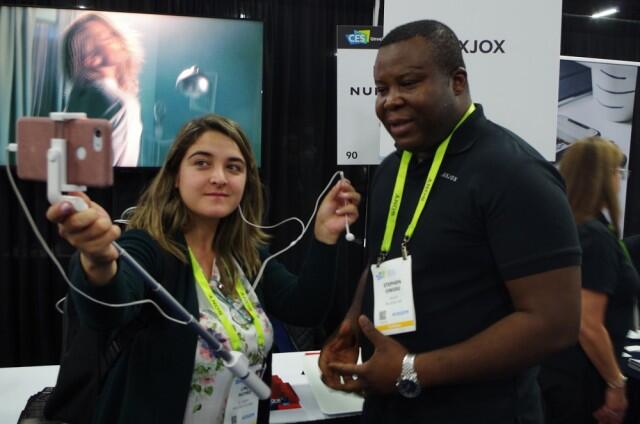
Jaxjox is a fitness system based on a kettlebell weight that varies from 12 to 42 pounds, as part of a smart fitness program that — synched to the JAXJOX app — can guide and monitor the workouts of the whole family. It senses and tracks motion. The system was the subject of a lively interview of Jaxjox's Stephen Owusu (right) and journalist Linda Patino of El Tiempo in Bogota, Colombia.

(Source: Jaxjox)
Giddyap, trigger! Whoa, boy!
The Spectra-X skateboard, developed by Walnut Technology of Hong Kong, gets to know its skater almost as well as a horse knows its rider. The more it's used, the more the skateboard learns about the skill level and tendencies of its user, providing a more responsive and safer experience, according to its creators. Likewise, if a stranger tries to climb on, the Spectra-X — like a horse — tends to be a mite less cooperative. But it won't buck.
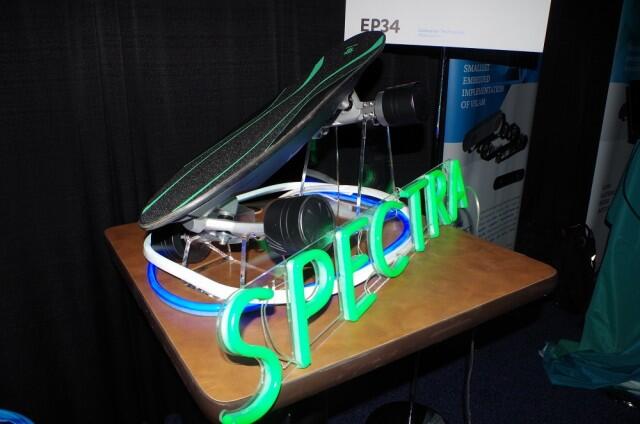
Subscribe to Newsletter
Test Qr code text s ss


